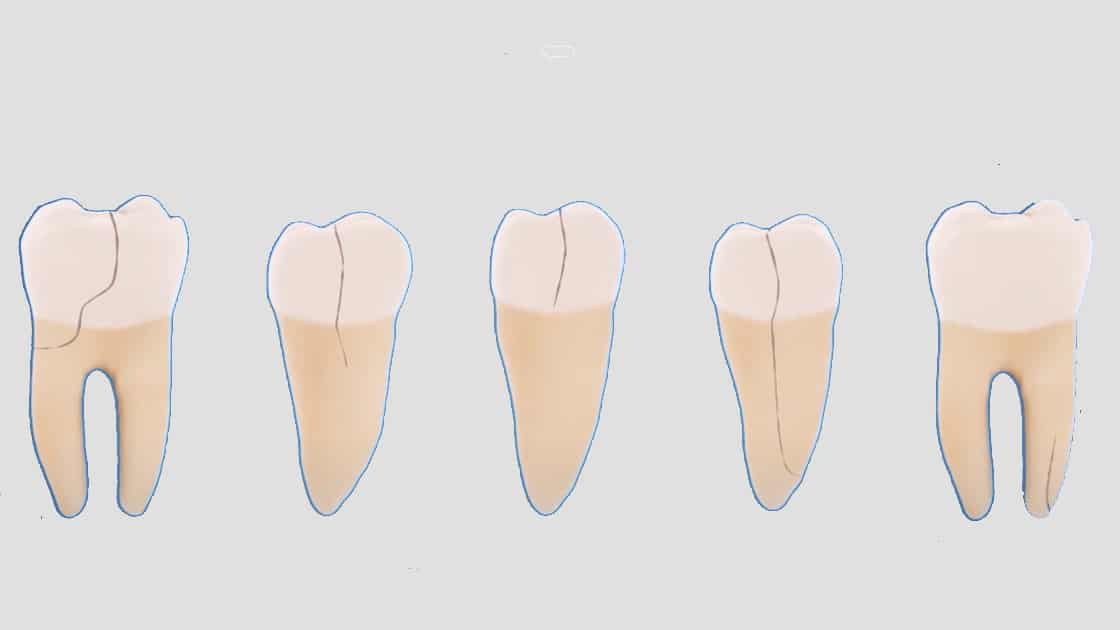
Symptoms of a cracked tooth often include pain, sensitivity to temperature, and discomfort when biting or chewing—making it challenging to identify the exact source of the problem.
A cracked tooth should be addressed promptly.
Early diagnosis is key, and an endodontist may be needed to detect and treat the crack using specialized equipment. Continuing to chew on a cracked tooth can lead to more damage as well as creating the potential for pain and infection.
Over time, the tooth pulp will become damaged. As this happens, the tooth will hurt more consistently. Cracks can sometimes lead to infections in the pulp tissue and spread to the surrounding gum and bone. Cracks can vary in severity. Some, like superficial craze lines, are harmless and cosmetic. Others may run deeper and, if left untreated, could lead to infection or tooth loss. In more serious cases, treatment may involve a root canal or even extraction if the crack extends below the gumline.
Over time, the tooth pulp will become damaged. As this happens, the tooth will hurt more consistently. Cracks can sometimes lead to infections in the pulp tissue and spread to the surrounding gum and bone. Cracks can vary in severity. Some, like superficial craze lines, are harmless and cosmetic. Others may run deeper and, if left untreated, could lead to infection or tooth loss. In more serious cases, treatment may involve a root canal or even extraction if the crack extends below the gumline.
Types of Cracks and Treatment

Craze Lines
Small shallow cracks, known as craze lines, are very common and do not require treatment. These lines are in the tooth’s enamel surface and do not cause pain or damage. They do not cause any concern other than aesthetic considerations.
Fractured Cusp
Another category involving a cracked tooth that may not cause pain is a fractured cusp. This is when the high-test part(s) of the tooth has a crack that may cause it to break off from the rest of the tooth. Although there may not be pain, it is best to have the tooth examined. There may be a portion of the tooth that needs to be removed to prevent further damage. As long as the fracture or break does not extend into the interior of the tooth, a root canal will most likely not be necessary.
Cracked Tooth
When the tooth crack is vertical, from the chewing services and extending close to the root, a root canal will most likely be needed to relieve pain, prevent or heal infection, and save the tooth. Once the root canal treatment is complete your dentist can restore the tooth’s shape for function and appearance.
Cracked Tooth Beyond Gumline
A vertical crack that extends into the root and below the gumline may not be treatable and may require an extraction rather than a root canal and restoration.

